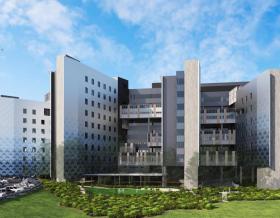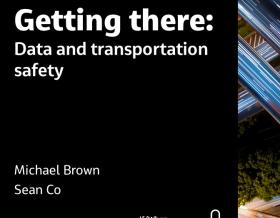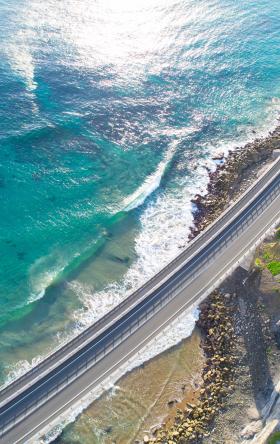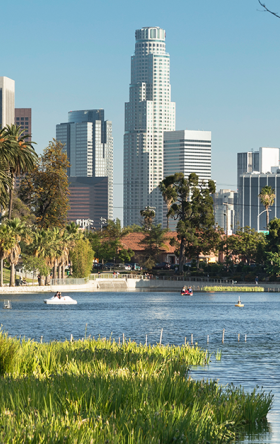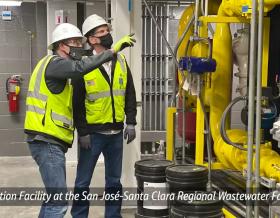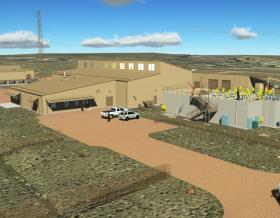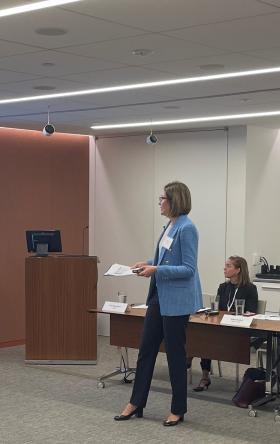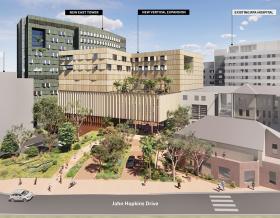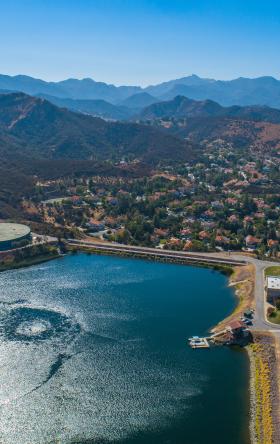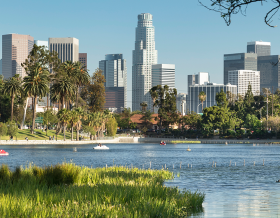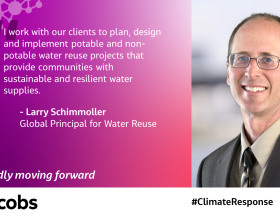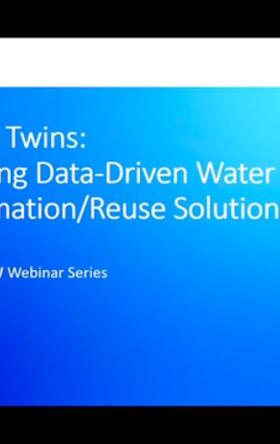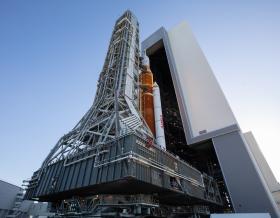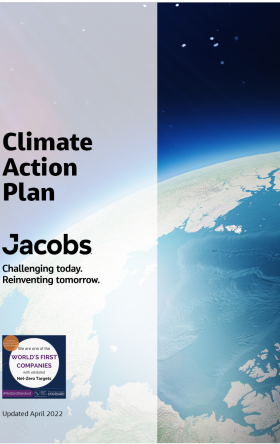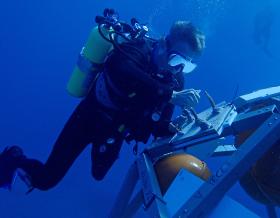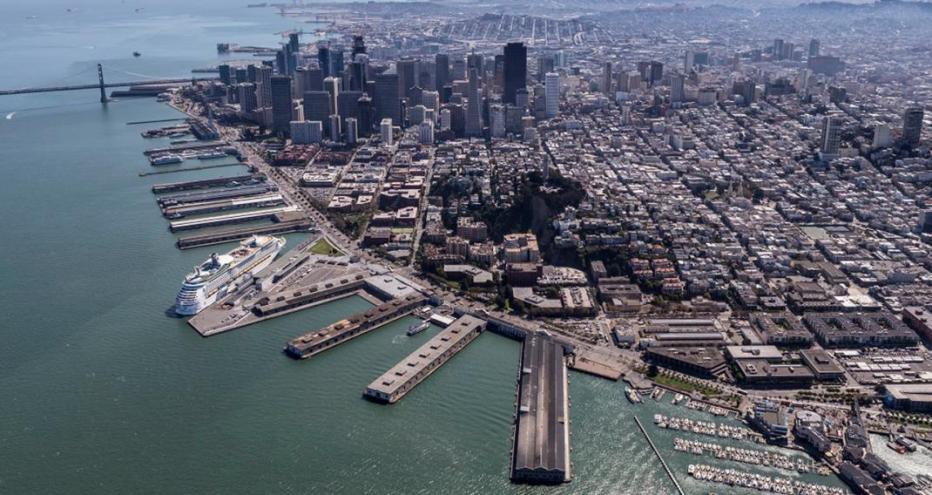
The San Francisco waterfront is well known for its historical significance. The construction of the Embarcadero Seawall transformed the City of San Francisco into a major trade and financial hub by the end of the 19th century, laying the foundation for a thriving Port of San Francisco today.
But in time, the Seawall has deteriorated over the past 100 years and is at risk to hazards such as seismic activity, flooding and sea level rise. These immediate and longer-term hazards create the Waterfront Resilience Program and Embarcadero Seawall Program the Port and City’s a top infrastructure and resilience priority.
The Port of San Francisco Embarcadero Seawall Program will allow for the strengthening and adaptation of more than three miles of San Francisco’s century-old seawall to protect the city’s waterfront.
The Seawall protects critical regional transportation assets, utilities and over $100 billion in assets and annual economic activity. With estimates of 72% chance of a major earthquake happening between now and 2043 and projections of water levels rising more than five feet by 2100, time is of the essence.
The 100-year-old Seawall needs improvements for earthquake safety, near-term flood protection and a plan for long-term resilience and sea level rise adaptation. The first phase of the Seawall Program will address the most critical life-safety upgrades along the Embarcadero.

Port of San Francisco Waterfront Resilience Program by the numbers
-
72 %
chance of a major earthquake between now and 2043 (U.S. Geological Survey)
-
20 +
firms and numerous agencies working together for success
-
100 +
years old (Seawall age)
-
5 +
feet of sea level rise projected by 2100
“The City and County of San Francisco and the Port have taken this challenge head on with a strong vision and believe in the urgency of strengthening the Seawall and adapting the waterfront over the next 50 plus years. It’s an amazing opportunity to work for a client that has the foresight and fortitude to make a truly meaningful difference to the citizens it serves for many years to come.”

Rendering by the Port of San Francisco
Protecting the wall that protects so much
The Seawall supports historic piers, wharves and buildings, including the historic Ferry Building all of which are central to the thriving Port. It literally supports the Embarcadero Promenade which welcomes millions of people each year from all over the world and provides flood protection to San Francisco’s Financial District and other neighborhoods.
Serving as Program Manager, Jacobs is managing a team of over 20 subconsultants supporting the Port’s program including oversight of the seismic hazard risk assessment, flood assessment, development of the mitigation measures and support of the adaptation and envision planning horizons of 2080 and 2100. Phase I of the Seawall Program team will evaluate the applicability, effectiveness, risks, and costs of the short and mid-term seismic reinforcements and flood mitigations to Seawall reaches.
The key assets along the seawall also serve critical emergency response and recovery functions, and it supports multiple municipal transportation systems and utility networks, the team will be assessing and developing sustainable planning and design for the infrastructure to address the long- term resilience of the waterfront.
Several construction mitigation options being considered for Seawall seismic reliability can be implemented together or individually may include:
- Ground improvements: improving the soil conditions on the landside of the Seawall, or through/beneath the Seawall.
- Seawall replacement: construction of new Seawall segments, using modern seismic design.
- Structure improvements: strengthening or replacing bulkhead walls and wharves to withstand seismic movement.
- Utility relocation or replacement: relocating or replacing critical utilities that are currently protected by the Seawall.
Similarly, there are a range of approaches to reduce flood risk. Flood mitigations could include both “hard solutions” such as raised seawalls, gates, deployable barriers, and “soft solutions” such as earthen berms and living shorelines or ecological seawalls.
In the media
Waterfront Resilience Program: Embarcadero Seawall Program Overview

How is the civil engineering sector building resilience, adaptation and carbon reduction into its projects? What are the implications for assets in the future?
In this podcast, Jacobs Program Manager Darren Milsom discusses how engineers can put resilience and adaptation at the heart of their designs. The discussion also highlights the importance of close collaboration with stakeholders to make complex plans workable, and how the sector is driving decarbonization while meeting the needs of communities.

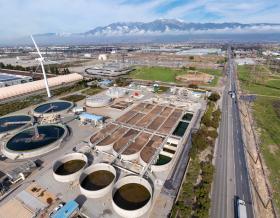

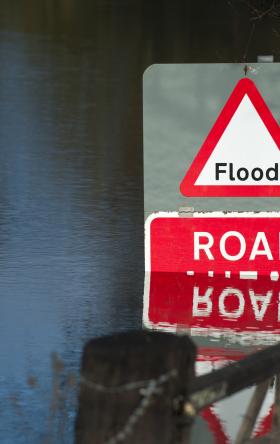

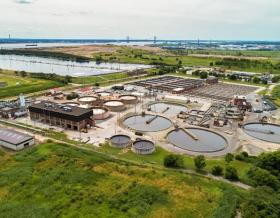
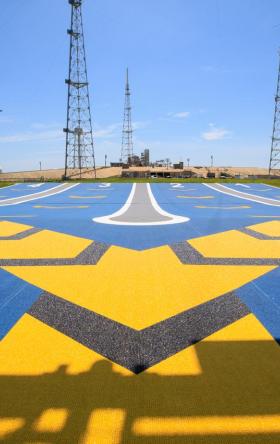

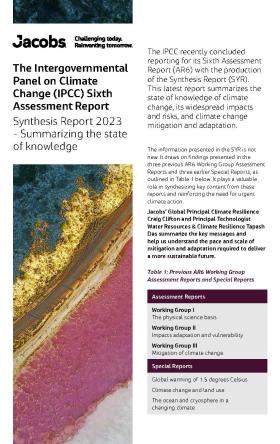
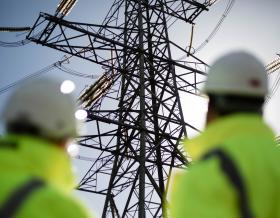

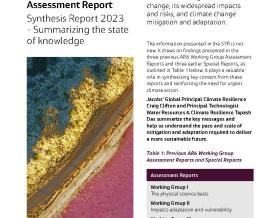
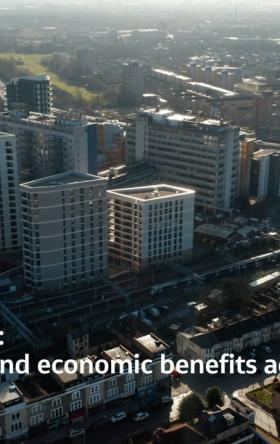
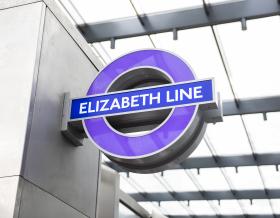
0384.png?h=1314d3d4&itok=Y1L1T7PN)



%20(twitter%20post)830c.png?h=12d14269&itok=kiNWcEcX)




